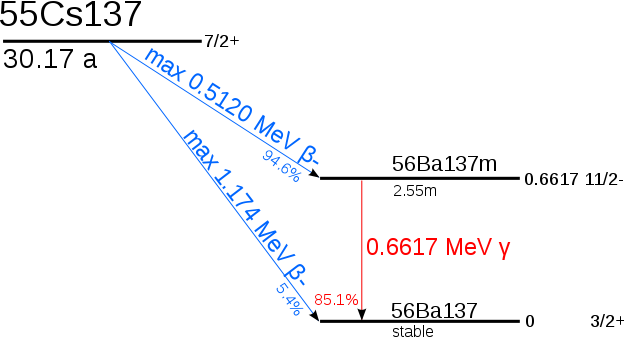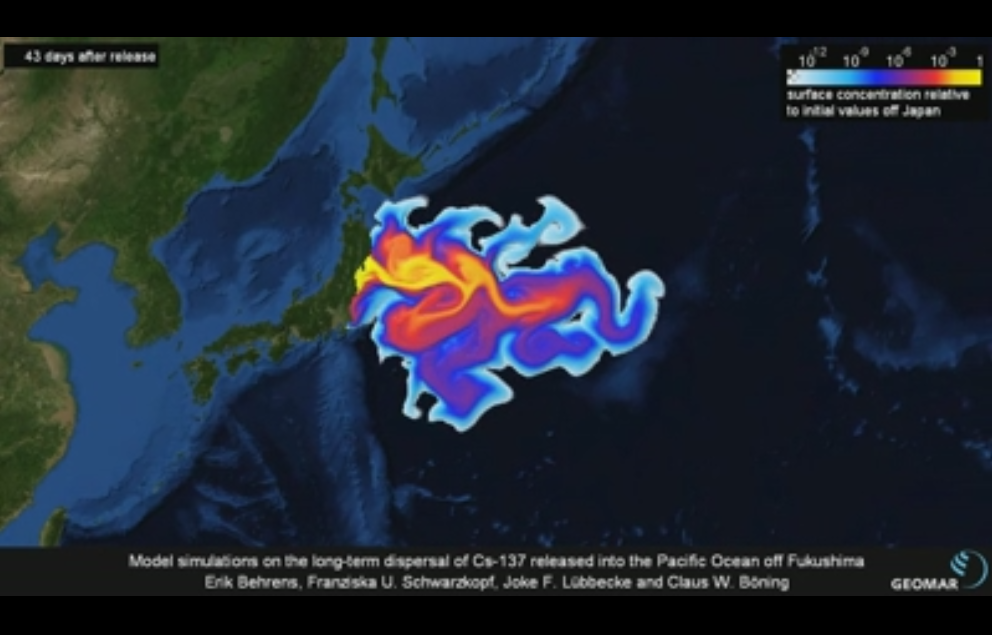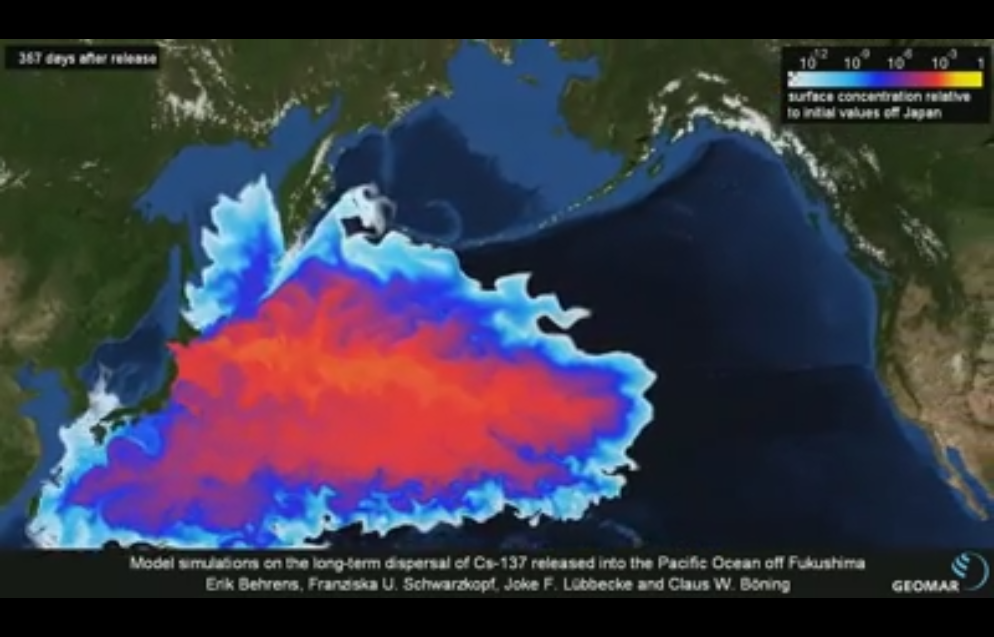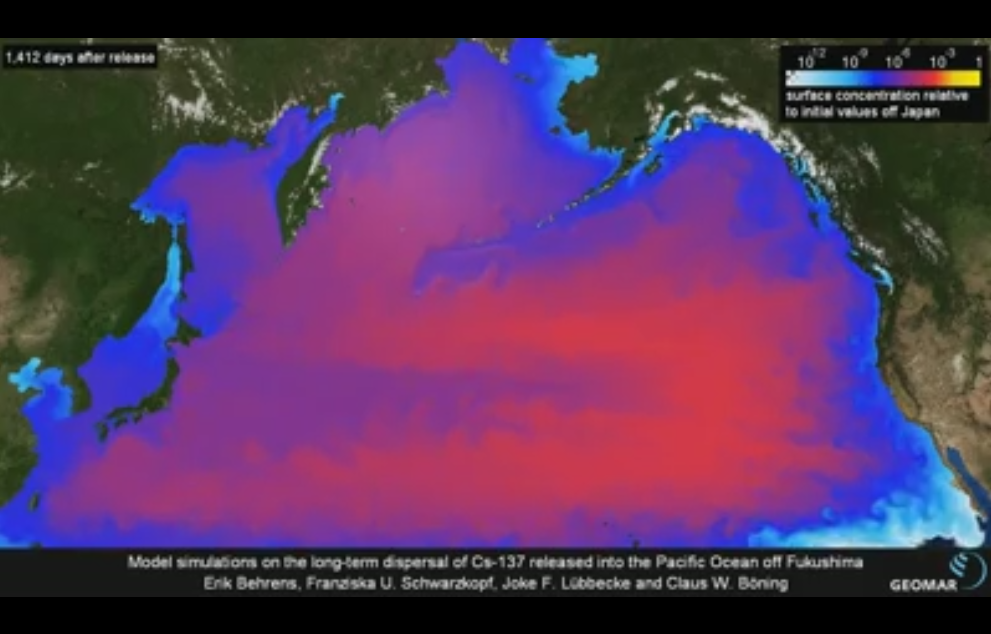A new and efficient way to extract 137Cs from sea water was developed by scientists of the Far Eastern Federal University (FEFU) and the Institute of Chemistry of the Far Eastern Branch of the Russian Academy of Sciences (FEB RAS). The present method concentrates cesium with an efficiency of up to 99%. Sorbents are natural chitosan from the shells of marine animals (crabs, shrimps and others) and the chemical nickel-potassium ferrocyanide, which forms an insoluble precipitate when reacting with Cesium. The development was tested during the international marine expedition in the Atlantic Ocean “ACE Maritime University.“

Cesium-137 is one of the most dangerous radioactive elements, which is released after nuclear power plant accidents. When entering the human body, it has a disastrous effect. This first video is kind of scary and shows a Fukushima Daiichi Cs 137 dispersion model from NOAA… Imagine if we could get rid of all this insane radioactivity:
Since most of the existing nuclear power plants in the Asia-Pacific region are located in the coastal zone and use sea water for direct cooling. The danger of another major accident after Fukushima is real. Therefore it is important to have an almost perfect method to purge the ocean water from one of the most dangerous radioactive elements known.

The new method was tested during an oceanic expedition from Bremenhafen (Germany) to Cape Town (South Africa) organized by the Swiss Polar Institute (SPI).

Water was sampled to measure radioactivity in the North Sea, the English Channel, the Bay of Biscay, and the coast of Africa. With the help of the new sorbent, places with an elevated cesium radioactivity were identified near the shores of Great Britain, at Cape d’Agde (France), north of Cape Town among others.

A patent has been issued for the new technology. Imagine, it could purge our oceans from all the radioactive Cesium that has been released by the Fukushima disaster.












wow!! all pacific ocean … this will kill us to all.
[…] post This new simple method could purge our Oceans from the most dangerous radioactive Cesium-137 release… appeared first on STRANGE SOUNDS – AMAZING, WEIRD AND ODD […]